table of contents:
Proper machine setup is key to achieving perfect, professional-looking seams. Whether you're a beginner or an experienced sewer, understanding how to adjust the upper threads and bobbin is essential to avoid loops, puckers, or uneven stitches. Discover the simple, effective steps to master the basics of sewing machine setup , identify common mistakes, and adjust tension based on the fabric and stitch used—without ever touching the bobbin in vain.
The Basics of Sewing Machine Adjustment
Before you start adjusting your sewing machine, it's essential to know the basics. A few simple checks and understanding the role of thread will ensure successful sewing.
Before any adjustment: the 3 essential checks to make
Remember, 80% of problems stem from forgotten checks. Three simple steps prevent frustrating mistakes. These basic steps are often overlooked, but they're the first line of defense against sewing defects . So before you even think about sewing machine adjustment, these quick checks ensure optimal operation.
- Clean your machine thoroughly : Dust and debris in the bobbin case or feed dogs can disrupt the mechanism. A soft brush and a brush under the needle plate can remove these obstructions that mimic a tension fault. Here's a crucial detail to keep in mind: regular cleaning after each project prevents repeated jams, and don't forget to periodically oil your sewing machine to maintain smooth operation.
- Threading the thread correctly : This is the most common mistake. Follow the path indicated on the machine, with the presser foot raised to open the tension discs. Forgetting to do so will turn your thread into messy loops. A handy tip: gently pull the thread after threading to check that it slides freely between the discs.
- Check the needle : A bent, blunt, or unsuitable needle can cause skipped stitches, broken threads, or holes in the fabric. Always replace it after 8-10 hours of sewing. Also, use a needle that's appropriate for your fabric: a flat needle for denim, a round needle for jersey, or a micro-claw needle for synthetic fabrics.

Understanding the Role of Thread Tension: The Secret Balance of Beautiful Sewing
Thread tension is a balance between the upper (needle) and lower (bobbin) threads. Their forces must intersect exactly in the middle of the fabric to achieve a strong, invisible seam. Improper tension results in loops with a loose thread underneath and a taut thread on the surface. This dynamic is comparable to a handshake at the heart of the fabric.
For thick fabrics, a looser tension (2-3) adjusts to the thickness. Thin fabrics require a firmer tension (5-6) to avoid puckering. To test the tension, make a swatch on a piece of scrap fabric. A successful seam will show neat stitches on both sides, without distortion. This simple test will tell you if a sewing machine adjustment is necessary or if the problem lies elsewhere.
Poor thread quality or poorly prepared fabric also distorts the results. Therefore, it is recommended to check these parameters carefully before adjusting the tension.
Tip : If you use a Juki sewing machine , you'll benefit from greater precision and more stable settings, making it easier to control the tension and guaranteeing flawless stitches. Keep a notebook of your attempts and results: this habit makes it easier to adjust your sewing machine for future projects and avoids unnecessary trial and error.
Mastering Upper Thread Tension: The Step-by-Step Guide
Mastering upper thread tension is essential for consistent, strong seams. Proper sewing machine adjustment allows you to quickly spot problems and effectively correct any flaws.
How to recognize a tension problem? Visual diagnosis
Did you know that most sewing problems stem from improper sewing machine settings? An ideal seam features balanced stitches. In this case, the upper and bobbin threads intertwine within the fabric, forming a flat, solid line. The often-overlooked detail is that even quality thread or the right needle can fail without optimal tension.
It is therefore essential to know which needle to use for which fabric : an incorrect needle can cause skipped stitches, broken threads or even damage the fabric, even if the tension is perfectly adjusted.
A sign of too little upper tension is the appearance of thread loops on the underside of the fabric, while the lower thread remains straight. The seam can easily unravel , especially with thick threads, if the sewing machine setting is not correct.
A sign of excessive upper tension is the bobbin rising to the surface on the right side of the fabric, causing uneven stitches. In this situation, the fabric may pucker or tear, especially if it is thin. A thread that breaks suddenly is also a warning sign.
The fabric scrap test: your best ally
Always test your settings on a scrap of the same fabric as your project. Fold it in half to simulate a double thickness, then sew 5 cm. Use a different colored thread on the top and bottom: this helps identify the problematic thread. If the stitches look good lying flat, pull the seam slightly. Optimal tension holds without forcing, making it easier to adjust the sewing machine precisely.
Adjusting the tension dial: the solution in 90% of cases
Most machines have a graduated dial, often around 4.5 for standard use. This number is a starting point, but each fabric requires fine adjustment . Here's how:
- Loops underneath? Increase the tension . Go from 4 to 4.5 or 5, then repeat the test. For thick fabrics like denim, go up to 5.5.
- Bobbin thread rising? Decrease the tension . Reduce by one stitch (e.g. 4 to 3.5) and check again. On fine sails, go down to 3 without forcing.
Tip : Test after every adjustment, as a small change can make everything better. Also check the tension discs and run them through with a soft brush to remove lint.
For thin fabrics like chiffon, reduce the tension by 0.5 stitches. Conversely, thick fabrics like denim require a higher tension (up to 5 stitches). Keep in mind that the needle and thread also affect the sewing machine setting.
If you find your sewing machine problem difficult to fix, contact the professionals at Verotex.

Bobbin tension adjustment: only use as a last resort
In 10% of cases, the problem is the lower thread tension . Most of the time (90% of cases), the sewing machine adjustment must be made by adjusting the upper tension.
Modern machines are designed to operate with a factory-set bobbin , and careless handling could make the situation worse. Before setting the bobbin, always check the threading, needle type, and upper thread quality.
When to suspect lower thread tension?
Intervene only if:
- You have tested different fabrics/threads without success
- You notice:
- large knots of thread that form under the fabric
- that the bobbin thread breaks despite the upper tension being set to the minimum
- uneven stitches after careful threading
This adjustment is rarely necessary , especially for specialty threads (metallic, reinforced) or extremely fine fabrics. For example, sewing silk with a metallic thread may require a slight tightening of the bobbin to avoid loops. With Juki machines , the precision and stability of the settings greatly facilitate this type of delicate adjustment, thus reducing the risk of errors.
The Yo-Yo Method: A Simple Test to Check Your Can
Hold the case by the wire like a yo-yo. A sharp push should cause a controlled scrolling:
- free fall ➜ tension too loose
- Immobile ➜ tension too high
- Moderate scrolling ➜ correct balance
Avoid testing with an improperly threaded bobbin or confusing fouling with a tension problem. For a reliable test, leave about 20 cm of thread hanging loose and make sure the bobbin case is empty of any fabric residue.
How to adjust the bobbin case screw (carefully)?
You must use the screwdriver supplied with the machine and make the adjustment by micro-adjustments of 1/8 turn:
- Tighten clockwise (a quarter of an hour)
- Loosen in the opposite direction
Note the initial position of the screw with an erasable marker. If problems persist after 3 adjustments, check instead:
- the presence of debris in the housing
- damage to the can
- the compatibility of the wire with your project
Excessive force can damage the delicate mechanism. If the problem persists, a thorough cleaning of the bobbin case is often the real solution, ensuring a reliable and long-lasting sewing machine setup .
Sewing machine settings by fabric and stitch type
Sewing machine settings vary depending on the type of fabric and stitch used. Adjusting the tension and settings ensures clean, strong seams that are perfectly tailored to each project.
Adapting the tension to the material: from thick denim to fragile silk
Thread tension determines the quality of the stitch. Thin fabrics like silk or voile require a lower tension (2-3) to avoid puckering or holes. Conversely, thick fabrics (denim, canvas) require a higher tension (4-5) for the stitch to form correctly.
For stretch fabrics (jersey, stretch), a slightly lower tension (3-4) combined with a stretch needle and a suitable stitch (light zigzag) guarantees an elastic seam without breakage.
Accurate sewing machine tension is key to achieving consistent stitches and flawless results on all types of fabrics. A recent study found that improperly tensioned threads account for 40% of unnecessary alterations . Always test your settings on a piece of scrap fabric before you begin.
Summary table: basic settings for common fabrics
|
Fabric type |
Upper thread tension (indicative) |
Recommended needle type |
Suggested stitch length (mm) |
|
Standard cotton |
4 |
Universal 80/12 |
2.5 |
|
Veil/Silk |
02-March |
Microtex/Fine 60/8 or 70/10 |
2 |
|
Jersey/Stretch |
03-Apr |
Stretch or Jersey 75/11 |
2.5-3 |
|
Jeans/Denim |
May 4 |
90/14 or 100/16 jeans |
03-Apr |
|
Faux leather/Thick canvas |
May 4 |
Leather or Jeans 100/16 or 110/18 |
3.5-4 |
You'll be spoiled for choice with different types of fabrics, threads, and needles in our online store. Visit Verotex to find the materials you need for your project.
The values given are starting points. Adjust the tension according to the thickness and elasticity of the fabric. For synthetic fabrics like polyester, a tension 0.5 to 1 less than for cotton will prevent puckering. Basting thread or stretch stitches require specific adjustments to avoid defects. The sewing machine setting must be precise for each type of fabric and specialty stitch.
Specific settings for special stitches (gathering, basting, zigzag)
To create gathers, increase the upper thread tension to 6-8 and the stitch length to 4-5 mm. Then sew two parallel lines, then pull the bobbin threads to gather the fabric . This method prevents frequent breaks on fine fabrics. For a basting thread, lower the tension (2) and use a maximum stitch length. The seam will be easy to remove without damaging the fabric.
Finally, for zigzag stitching, a slightly lower tension than for straight stitching (e.g., 3.5 instead of 4) prevents the fabric from wrinkling. For decorative stitches, a preliminary test on a sample is crucial.
Check the bobbin case regularly using the yo-yo method: a gentle push should allow moderate winding. If the case falls, tighten the tension screw. Incorrect bobbin tension causes 30% of reported bobbin jams , and regular sewing machine adjustment ensures flawless sewing.

Beyond Tension: Other Key Adjustments for Flawless Sewing
For truly flawless sewing, sewing machine adjustments are not limited to tension. Stitch length and width, as well as presser foot pressure, also play a vital role.
The importance of stitch length and width
Stitch length (in mm) determines the strength and appearance of the seam. Use 2-2.5 mm for lightweight fabrics, 3-4 mm for thick fabrics or topstitching. For example: 4.5 mm for gathers, 1.5 mm for darts.
The width is for zigzag and decorative stitches: a standard setting (e.g. 3 for zigzag) is adjusted according to the fabric . Increase it for stretch fabrics (up to 5 mm), reduce it for stiff fabrics (1-2 mm). An incorrect setting results in uneven stitches or distortions.
If you are using a Juki brand machine To fully exploit the features of your machine and avoid adjustment errors, you must consult the Juki sewing machine instruction manual , which details precisely the stitch lengths and widths suitable for each type of fabric.
When and how to adjust presser foot pressure?
Improper calibration causes 78% of slippage or crease problems. For thick (denim, leather) or slippery (silk) fabrics, increase the pressure for even feeding. For thin (organza, voile) or stretch fabrics, decrease it to avoid marks and distortion. Adjust using a dial or screw, and test on a sample before sewing. This setting optimizes the interaction between the presser foot and the feed dogs .
The presser foot pressure is adjusted as follows:
- Increase pressure : Thick or slippery fabrics (e.g. denim).
- Reduce pressure : Delicate or stretchy fabrics (e.g. jersey).
Correct pressure instantly improves stitch quality , preventing jams and unevenness. Always test on a sample and gradually adjust to find the right balance for the thickness and type of fabric being used.
Mastering sewing machine adjustment also requires knowledge of the different sewing machine feet , as each foot (standard, zigzag, zipper, etc.) influences how the fabric is fed and the consistency of the stitch. Test on a scrap of fabric and focus on fine adjustments . With practice, these steps become second nature for clean, precise seams.

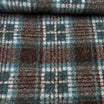
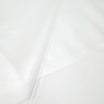
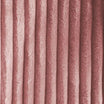
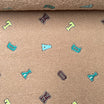
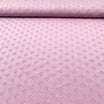
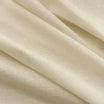
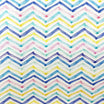
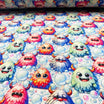




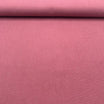
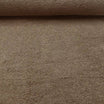

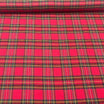

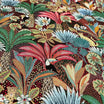
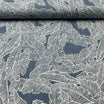

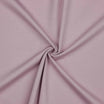
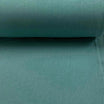
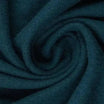
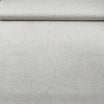
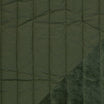
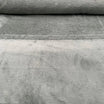
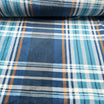
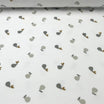
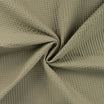
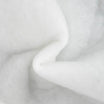

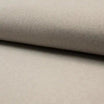
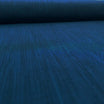

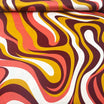

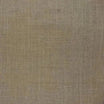
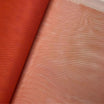
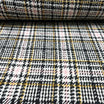
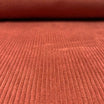
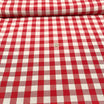

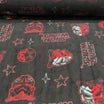
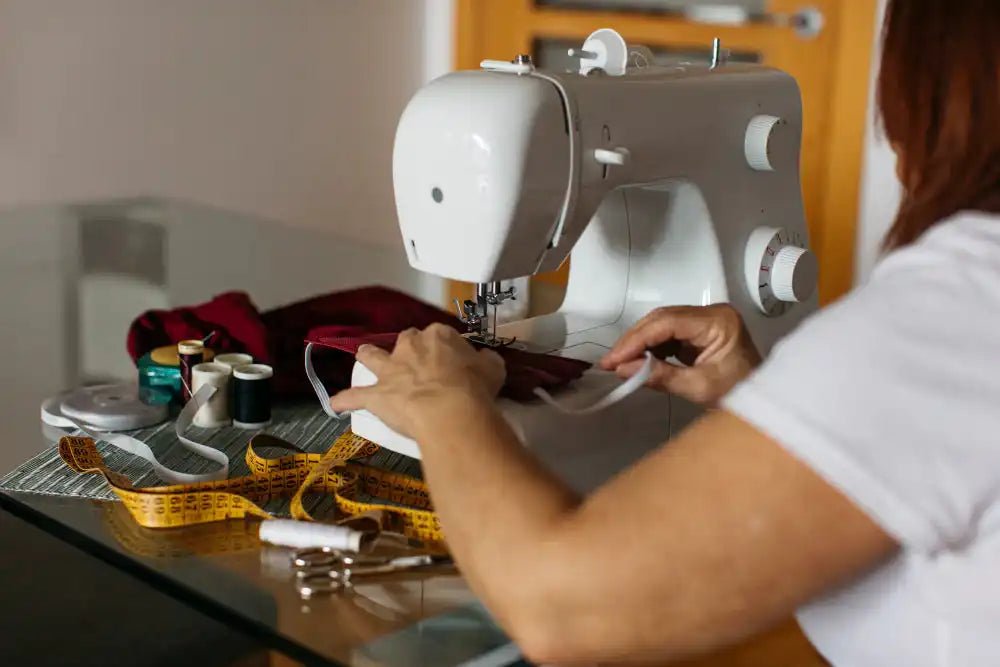
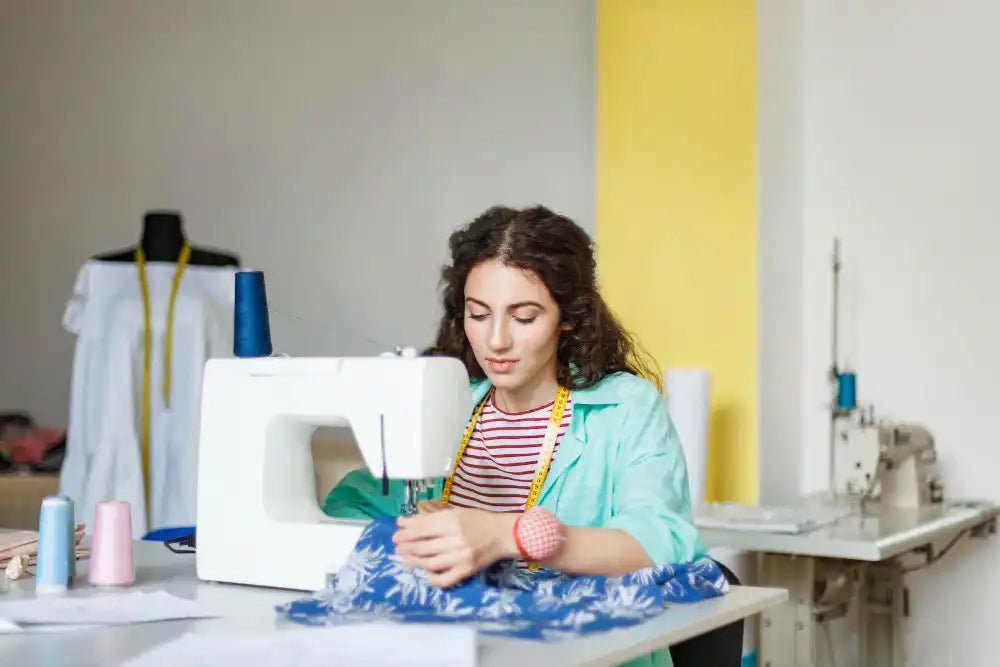

Leave a comment
All comments are moderated before being published.
This site is protected by hCaptcha and the hCaptcha Privacy Policy and Terms of Service apply.